Workbenches: How to Design an Ergonomic Workspace
Designing an ergonomic workspace around a workbench is essential for improving worker comfort, reducing the risk of injury, and boosting long-term productivity. Whether in a manufacturing plant, repair station, or laboratory, ergonomic principles help align the workspace with the physical needs of the user.
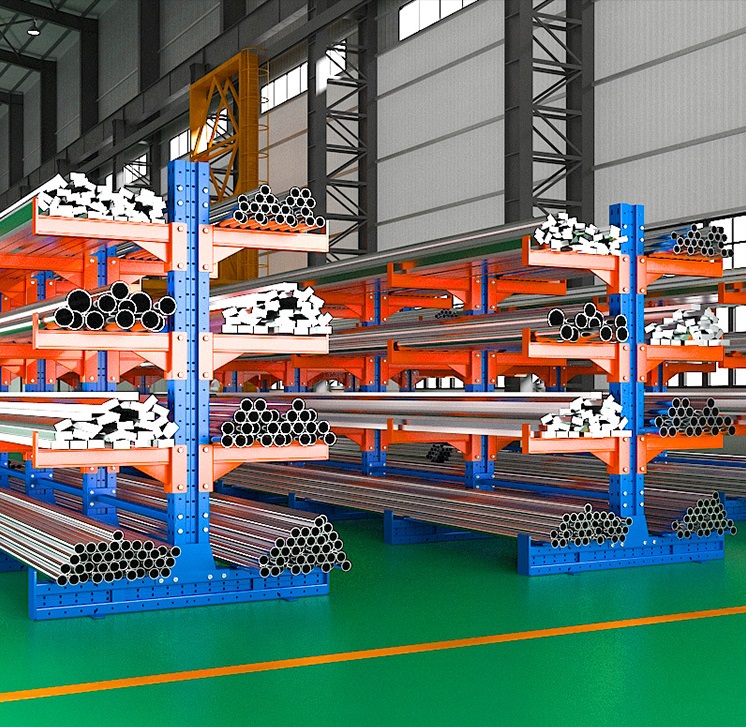
The first step is selecting a workbench with adjustable height. A bench that can be raised or lowered allows users to switch between sitting and standing positions and ensures the work surface is always at an ideal level. This minimizes strain on the back, shoulders, and wrists during repetitive tasks.
Proper seating is equally important. If tasks are performed seated, the chair should have adjustable height, lumbar support, and the ability to rotate or glide for easy reach. Feet should rest flat on the floor or on a footrest to promote proper posture.
Organize tools and frequently used materials within the primary reach zone—typically an arc about 18–24 inches from the body. Use storage drawers, bins, and pegboards mounted above or beside the bench to keep tools accessible without requiring awkward stretching or twisting.
Lighting must also be considered. Integrated LED task lights reduce eye strain and provide better visibility, especially for precision work. Position lighting to minimize glare and shadows over the work area.
Use anti-fatigue mats for standing stations. These cushioned mats reduce stress on joints and muscles, especially during long hours of assembly, inspection, or repair work.
Incorporate rounded edges and smooth surface finishes on the bench itself. This prevents pressure points on forearms and wrists and makes the bench more comfortable for extended use.
Finally, ensure that heavy items are stored at waist height to avoid bending or lifting overhead. If lifting is required, provide mechanical assistance or team-lifting procedures to prevent back injuries.
In summary, an ergonomic workbench setup enhances both the health of the worker and the efficiency of the operation. By combining adjustability, organization, comfort, and lighting, you create a space that supports focus, accuracy, and safety.
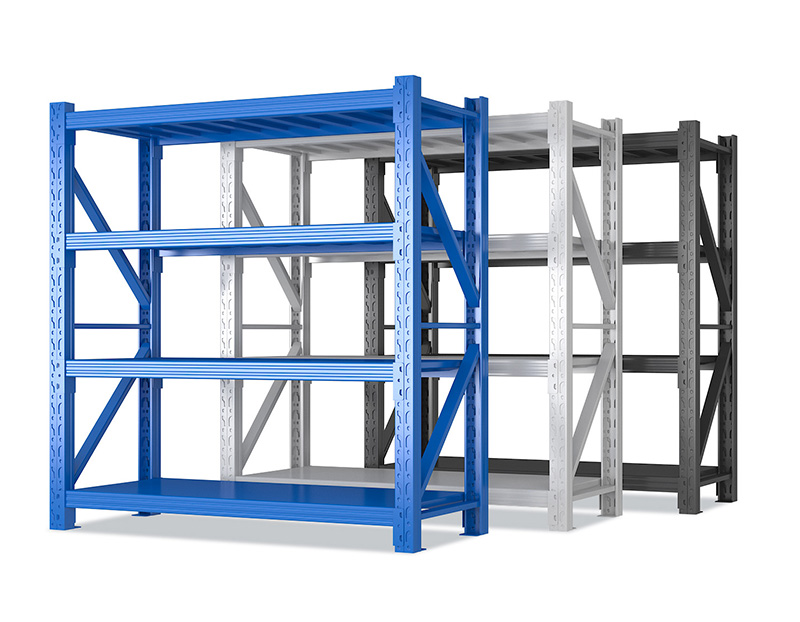 Estanterías ligeras: las mejores ventajas para espacios de a
Estanterías ligeras: las mejores ventajas para espacios de a
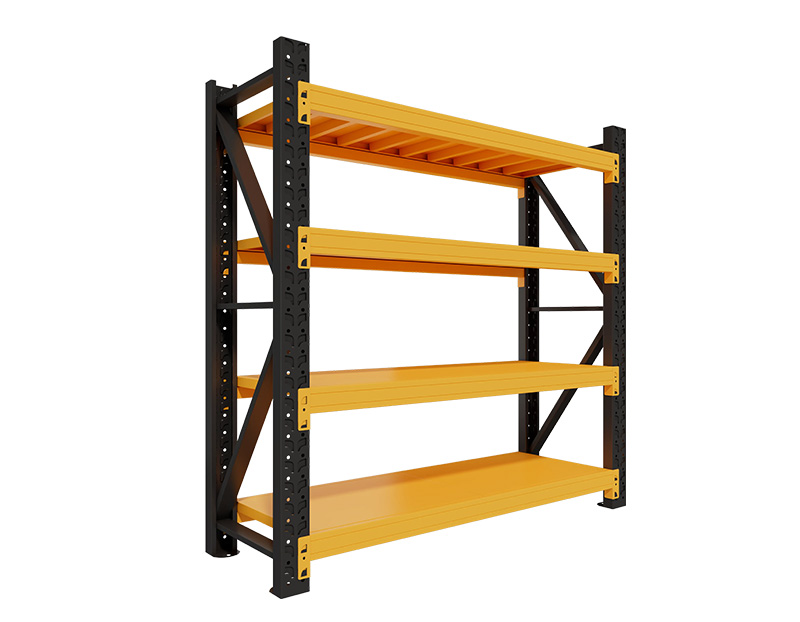 Estanterías medianas: perfecto equilibrio de resistencia y f
Estanterías medianas: perfecto equilibrio de resistencia y f
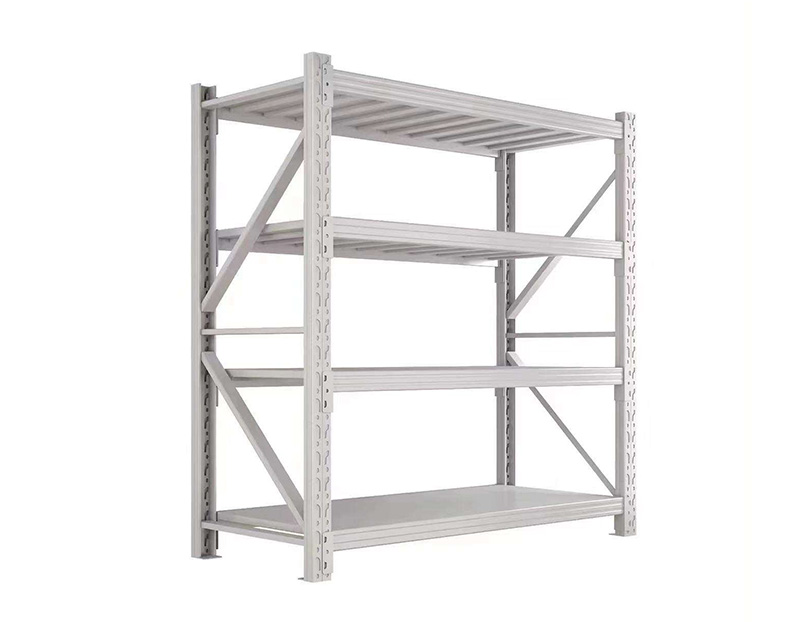 Heavy Duty shelf: Ultimate Guide for Industrial warehouse (e
Heavy Duty shelf: Ultimate Guide for Industrial warehouse (e
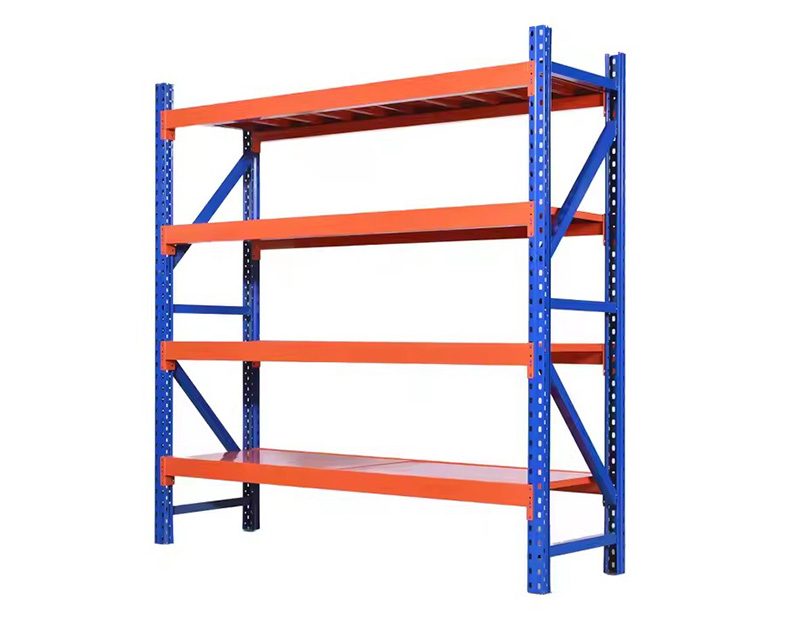 Tendencias en equipos de almacenamiento inteligentes que tra
Tendencias en equipos de almacenamiento inteligentes que tra
